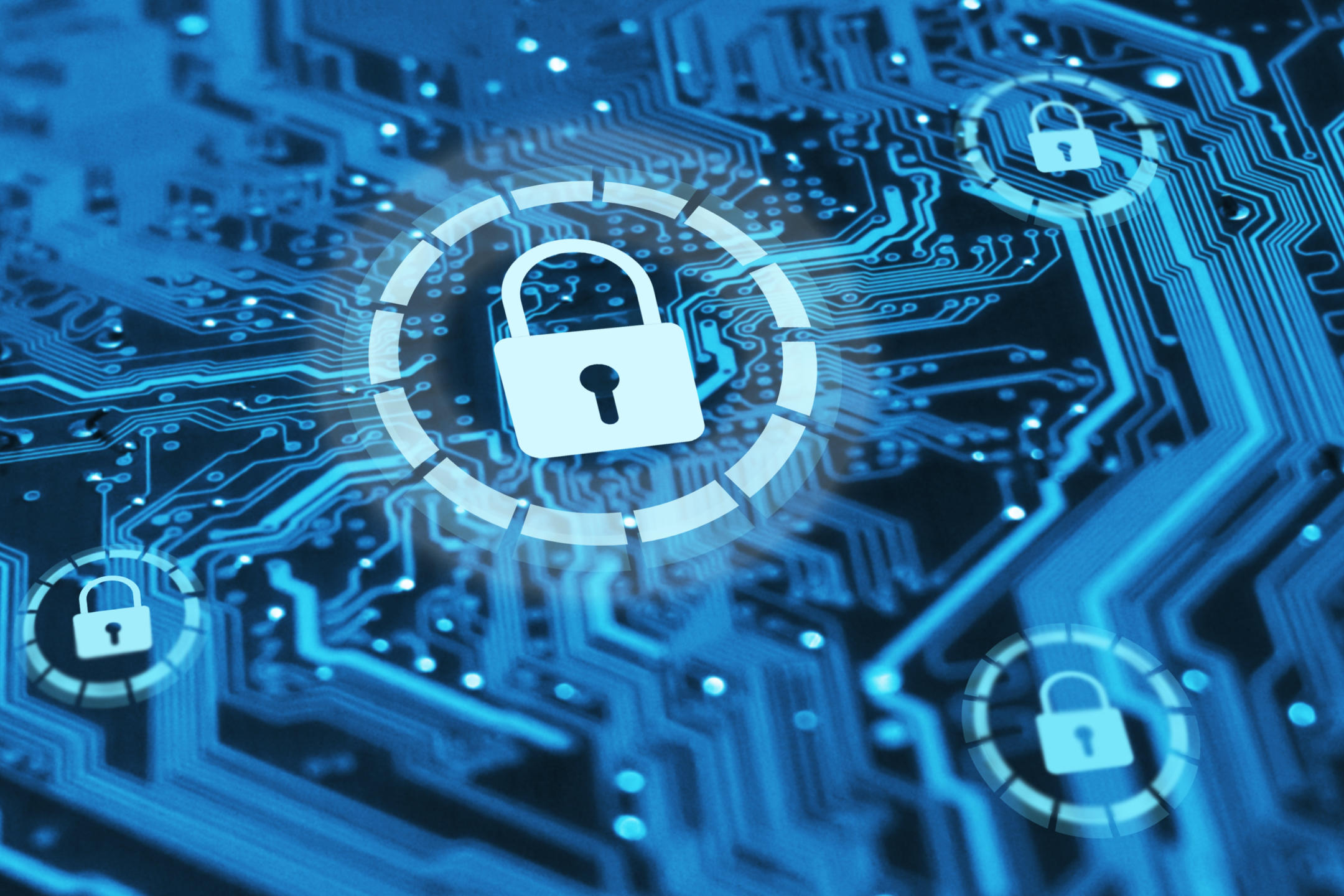In the current online environment, where the risk of cyber attacks looms larger than ever, mastering incident management is crucial for all organization. Businesses now encounter a multitude of issues related to cyber security threat control, making it critical to establish strong plans that ensure prompt and effective reactions to incidents. Regardless of whether facing a security breach or an attempted cyber attack, the ability to swiftly navigate these situations can mean the difference between limited disruption and devastating consequences.
An efficient crisis management plan includes proactive threat detection, allowing that organizations can identify risks before they grow into serious incidents. Furthermore, it encompasses essential components such as breach handling protocols, security compliance measures, and forensic investigations. By deploying these approaches, organizations not only safeguard their information but also maintain their reputation and maintain confidence with clients and stakeholders. As Cybersecurity Threat Management dive into the intricacies of crisis management services, we will explore the important strategies that result in positive results in the light of evolving cyber threats.
Cyber Security Risk Mitigation Approaches
Efficient cybersecurity threat management commences with a thorough understanding of the threat landscape. Businesses must pinpoint potential vulnerabilities inside their networks and assess the probability and consequences of different cyber threats. Frequent risk evaluations and threat intelligence reviews play a key role in this procedure. By remaining informed about developing threats and exposures, businesses can allocate resources more efficiently and formulate tailored plans to mitigate risks.
Preventive threat identification is crucial in minimizing the impact of a cybersecurity breach. Deploying advanced monitoring tools and intrusion detection tools allows companies to spot unusual activities in real time. Moreover, utilizing machine learning and artificial intelligence can enhance these systems by foreseeing threats based on trends and behaviors. Organizations should also prioritize employee training to nurture a culture of cybersecurity consciousness, encouraging staff to identify and react to potential threats swiftly.
An effective incident response plan is crucial for dealing with security incidents and reducing damage. This entails establishing clear protocols for crisis response, including communication plans and escalation paths. Regularly testing and updating the response plan guarantees that it remains applicable and efficient. Moreover, integrating digital forensic analysis within the incident response framework allows organizations to investigate breaches in-depth, comprehend the root cause, and strengthen future defenses, making them more robust against developing threats.
Efficient Data Security Incident Response
A strong data breach response plan is vital for minimizing the effect of a breach on an organization. The first step in this process is to swiftly detect and contain the breach. This includes understanding the character of the situation, determining which systems and data have been compromised, and implementing measures to restrict further access. Quick and prompt action helps prevent extensive damage and safeguards sensitive information.
Once the breach is controlled, it is important to conduct a thorough investigation to comprehend the attack vector and the vulnerabilities that were used. This is where cyber forensic analysis plays a key role. By reviewing logs, user activity, and system changes, organizations can piece together the events that preceded the breach and detect any weaknesses in their cybersecurity threat management strategies. This information is vital for avoiding future incidents and bolstering overall security posture.
Finally, dialogue is a critical element of an effective data breach response. Interested parties, including affected customers, must be updated about the breach, the data affected, and the steps carried out to address the situation. Clarity builds trust and demonstrates a determination to security and compliance solutions. Additionally, adhering to legal and regulatory requirements for breach notifications helps organizations prevent penalties and maintain credibility in the eyes of regulators.
Proactive Threat Identification Methods
Proactive threat detection is essential for identifying potential security incidents prior to they escalate into serious breaches. A core technique involves constant surveillance of network traffic to identify abnormal patterns or anomalies. Using intrusion detection systems can aid security teams respond promptly to potential threats, guaranteeing that harmful activities are managed in real time. This proactive stance lessens the chance of compromise of sensitive data.
Another effective approach is the adoption of behavioral analytics. By establishing a benchmark of normal user behavior, organizations can more easily detect anomalies that may indicate a security breach or a compromised account. Machine learning algorithms can enhance this technique by automatically modifying to changes in user behavior over time, providing continuous, adaptive security measures. Such systems confirm that security teams are notified to suspicious activities as they arise, allowing for prompt investigation and remediation.
Finally, embedding threat intelligence into the incident response framework improves proactive threat detection. This comprises collecting and analyzing information about developing threats from various sources, including security blogs, forums, and industry reports. By staying informed about the latest attack vectors and tactics used by cybercriminals, organizations can fortify their defenses and ready for potential incidents. This foresight plays a key role in securing that security compliance solutions are aligned with current threats, ultimately resulting in a more resilient cybersecurity posture.

